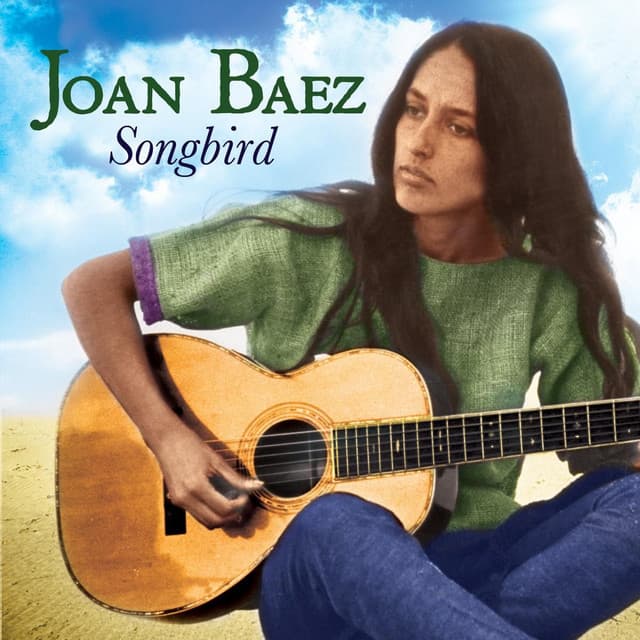
A Gentle Allegory of Innocence and Inevitability: When a Voice of Protest Sang a Quiet Song of Fate.
“Donna, Donna,” a song that, in Joan Baez’s tender and evocative interpretation, became a quiet commentary on the fragility of innocence and the often-unseen forces that shape our destinies, holds a unique place in her repertoire of socially conscious folk songs. Originally a Yiddish folk song titled “Dana Dana” (דאַנאַ דאַנאַ), telling the story of a calf being led to slaughter, it was adapted with English lyrics by Aaron Zeitlin and Arthur Kevess. Baez’s recording, released in 1963 on her album “Joan Baez/5,” while not a major charting single in the traditional pop sense, became deeply ingrained in the folk revival movement and resonated with its themes of peace, justice, and empathy for the vulnerable. Its impact lies not in chart numbers, but in its enduring ability to evoke a sense of gentle melancholy and quiet contemplation. It’s a song that takes a seemingly simple narrative and transforms it into a poignant allegory of innocence facing an inevitable fate.
Imagine a hushed concert hall, the spotlight illuminating a lone figure with a crystal-clear voice, accompanied by the simple strumming of a guitar. Joan Baez, her delivery imbued with a gentle sorrow and profound empathy, sings of a calf being led away, its innocent obliviousness contrasting sharply with the unseen destiny that awaits it. The song, with its repetitive, almost lullaby-like melody, creates a sense of both comfort and underlying unease. Nestled within the collection of traditional and contemporary folk songs on “Joan Baez/5,” “Donna, Donna” stood out for its quiet power and its ability to convey a profound message through a seemingly simple narrative. The unadorned arrangement, Baez’s pure vocals, and the allegorical lyrics created a sense of timelessness, a feeling that this quiet lament for the innocent had been sung in countless languages and in countless times of injustice.
The story of “Donna, Donna’s” journey from a Yiddish folk song to an American civil rights anthem in the hands of Joan Baez speaks to the power of music to transcend cultural boundaries and to carry messages of universal significance. Baez, deeply involved in the social and political movements of her time, recognized the inherent allegory in the song’s narrative, seeing in the innocent calf a symbol of all those who are led unknowingly towards hardship or injustice. Her interpretation imbued the song with a gentle sense of protest, a quiet lament for the vulnerable and a subtle call for compassion.
For those of us who remember the folk revival era, “Donna, Donna” evokes a sense of gentle reflection, a yearning for a time when music often carried a message of social consciousness and empathy for the marginalized. It speaks to the enduring human capacity for compassion and the quiet power of art to illuminate the unseen struggles of the innocent. Baez’s performance, with its simple beauty and heartfelt delivery, offers a moment of shared contemplation, a poignant reminder of the fragility of innocence and the importance of bearing witness to the world’s injustices. It is a song that reminds us that even the simplest of melodies can carry a profound message, and that the voice of compassion, even when quiet, can resonate deeply within the human heart.